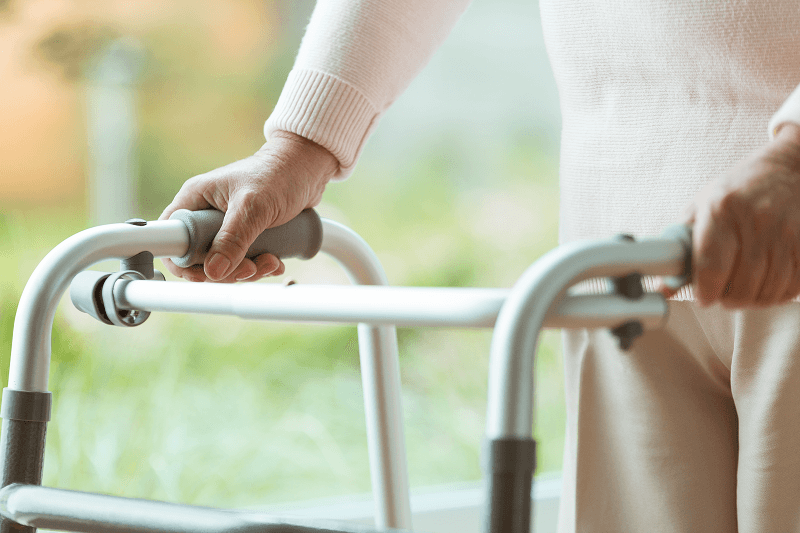Restoring Your Balance

Staying safe after a stroke should be top of mind for survivors. Although many survivors have a fall in the first six months after a stroke, falling isn’t “normal.”
Weakness can affect the coordination of muscles needed to walk safely. Changes in thinking (or cognition) can affect judgment and lead to unsafe decisions, like ignoring a recommendation to use a walker or cane. If you get hurt, you may end up hospitalized and admitted to a long-term care facility.
Here are some recommendations to reduce your risk:
- Remember that a physical therapist can help reduce the pain and improve or restore mobility (often without expensive surgery or the side effects of prescription medications). Ask your healthcare provider for a recommendation.
- Follow your physical therapist’s recommendations for physical activity, exercise and the degree of caregiver supervision required for safety. Use any devices as instructed, including a walker, cane or any braces.
- Wear supportive, non-slip footwear, even if you’re just walking a short distance or standing.
- Check your home for environmental hazards. Is it well-lit? Walkways clear of clutter and electrical cords? Make sure stair treads and handrails are firmly attached. Consider a lap belt on a wheelchair and a bedrail for safety on your bed.
- Review medications with your healthcare providers at every visit. Have all prescriptions filled at one pharmacy, if possible, and take as prescribed. Let your health care provider know if you can’t afford your medications and ask for the lowest effective dose.
- Get your vision checked annually to ensure your eyewear is up-to to-date.
The cause of every fall should be thoroughly investigated to stop the cycle of fear, reluctance to walk and further development of weakness.




